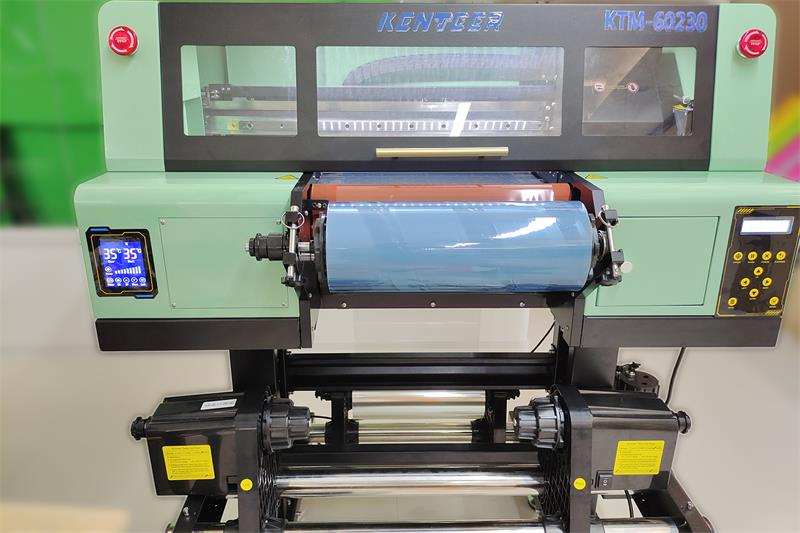UV printer overheating can lead to various performance issues and impact the print quality and reliability of the machine. Understanding the causes and implementing appropriate solutions can help address these problems. Here's a breakdown:

Causes of UV Printer Overheating:
1. Inadequate Ventilation: Poor airflow or insufficient ventilation around the printer can cause heat to build up, especially in the print head area.
2. Excessive Ambient Temperature: High ambient temperatures in the printing environment can contribute to the overall heat load on the printer.
3. Extended Printing Sessions: Continuous or prolonged printing sessions without breaks can cause the printer's components, such as the print heads and electronics, to heat up.
4. Blocked Cooling System: Dust, debris, or obstructions in the printer's cooling system, such as the fans or heat sinks, can hinder proper heat dissipation.
5. Overworked Printer: Pushing the printer beyond its recommended operational limits, such as printing at high speeds or resolutions for extended periods, can lead to overheating.
Solutions for UV Printer Overheating:
1. Ensure Proper Ventilation: Position the printer in a well-ventilated area with adequate airflow. Avoid enclosing the printer in tight spaces or against walls that impede proper ventilation.
2. Control Ambient Temperature: Maintain a suitable temperature in the printing environment, ideally within the printer's recommended operating range. Consider using air conditioning or fans to keep the temperature in check.
3. Implement Print Session Breaks: Introduce breaks during extended printing sessions to allow the printer's components to cool down. Consult the printer's manual for recommended break durations.
4. Clean Cooling System: Regularly clean the printer's cooling system, including the fans and heat sinks, to remove dust and debris that may obstruct airflow and hinder cooling efficiency.
5. Follow Recommended Printing Settings: Adhere to the printer manufacturer's recommended settings for print speed, resolution, and other parameters to avoid overworking the printer and causing excessive heat generation.
6. Regular Maintenance: Follow the manufacturer's recommended maintenance schedule, including cleaning and replacing consumables, to ensure optimal printer performance and prevent issues related to overheating.
It's important to note that if the printer continues to experience overheating issues despite implementing the above solutions, it is advisable to contact the printer manufacturer's technical support or a professional technician for further assistance. They can provide specific guidance based on the printer model and help diagnose and resolve any underlying issues affecting its performance.
